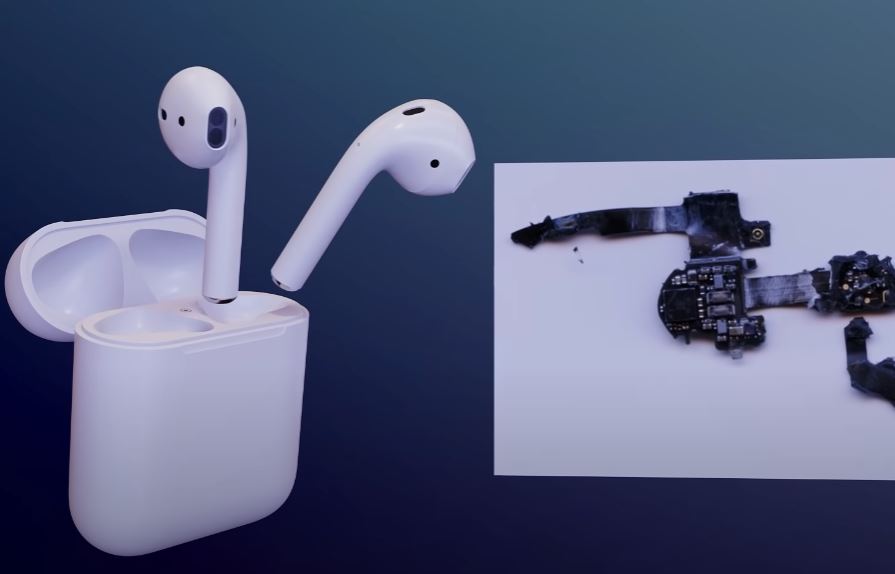For most people, it's a complete mystery how wireless earbuds work. With wired headphones, it's understandable that electricity flows from your device through the plug and wires to the headphones. But how does audio transmit wirelessly from your phone to the earbuds?
In this guide, we will explore how wireless earbuds work, with a focus on audio codecs. Wireless earbuds contain many complex technologies working together, and audio codecs play a key role in converting audio to and from digital signals.
We'll break down the components of wireless earbuds, explain how audio is transmitted between the phone and earbuds, give an overview of audio codecs, and discuss common audio file formats like MP3 and FLAC. By the end, you'll have a good understanding of the digital magic that brings your favorite songs to your wireless earbuds.
Inside Wireless Earbuds
Let's start by taking apart a pair of Apple AirPods to see what's inside. We find a speaker, complex folded circuitry, batteries, microphones, and more all packed into a tiny space.
The circuitry contains multiple printed circuit boards connected with flexible wires. One board handles Bluetooth connectivity and audio decoding. Others contain an audio codec chip and battery. It's impressive engineering that makes earbuds so lightweight and small.
How Wireless Earbuds Work
When you start playing audio on a paired phone, the phone grabs the digital audio data, compresses it using Bluetooth, and sends electromagnetic waves to the earbuds. The earbuds receive the data packets, decompress them, and send the digital values to the audio codec chip.
The codec converts the values to an analog electrical waveform that drives the speaker, creating pressure waves interpreted by your brain as sound. Key devices like the audio codec and Bluetooth chips enable this wireless transmission of audio between the phone and earbuds.
Understanding Audio Codecs
Codec stands for coding and decoding. In earbuds, the audio codec chip converts digital audio values to analog audio waves and vice versa.
When audio is recorded or played back, the analog audio waveform is sampled and each sample is assigned a numeric value at regular time intervals. This converts the audio to a digital format of numbers. When played back, the codec reconstructs the analog waveform from these numeric samples.
Common audio formats like MP3 and FLAC use audio codecs to compress and decompress digital audio files, reducing file sizes while maintaining or improving audio quality. Codecs are a core technology that allows audio to be represented and transmitted digitally.
Digital Representation of Audio
Some key aspects of how digital audio works:
-
Sampling rate – Samples are taken at intervals like 44.1kHz, twice the highest audible frequency of 20kHz.
-
Quantization – Samples are assigned numeric bit values, like 16-bit for CD quality with 65,536 possible values per sample.
-
File formats – Formats like MP3 use lossy compression that removes imperceptible audio, while FLAC uses lossless compression without data loss.
-
Bit depth – More bits like 24-bit or 32-bit provide higher resolution sampling of the audio waveform.
This overview explains the digital process that represents, encodes, compresses and decompresses audio – allowing it to be transmitted wirelessly via technologies inside devices like wireless earbuds.
Hopefully this guide has given you a good understanding of how wireless earbuds receive audio signals from a device and the role that audio codecs play in digitally representing sound. The seamless listening experience relies on many integrated technologies working behind the scenes. Be sure to check out additional videos and resources for even more details on this fascinating topic.

